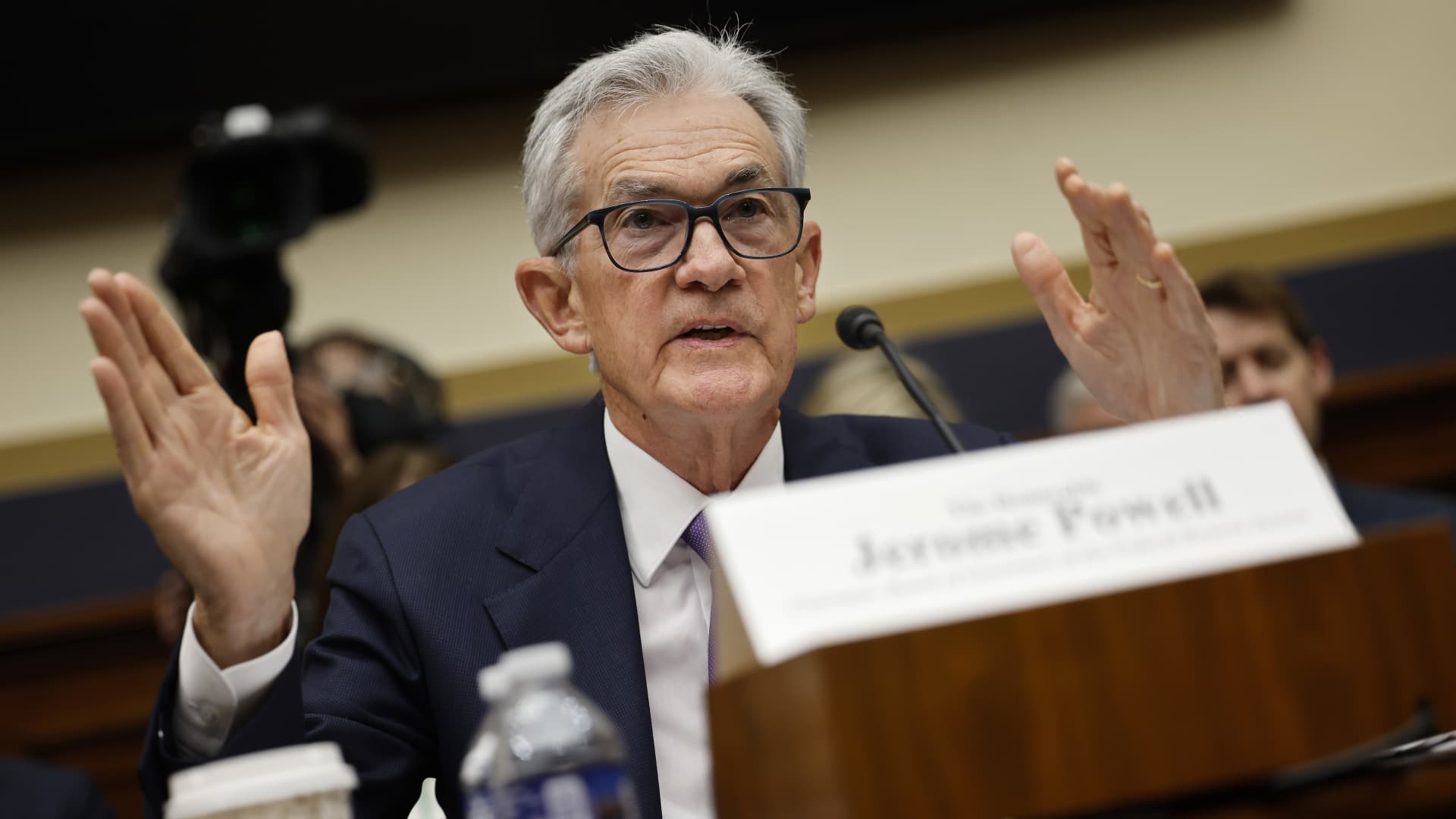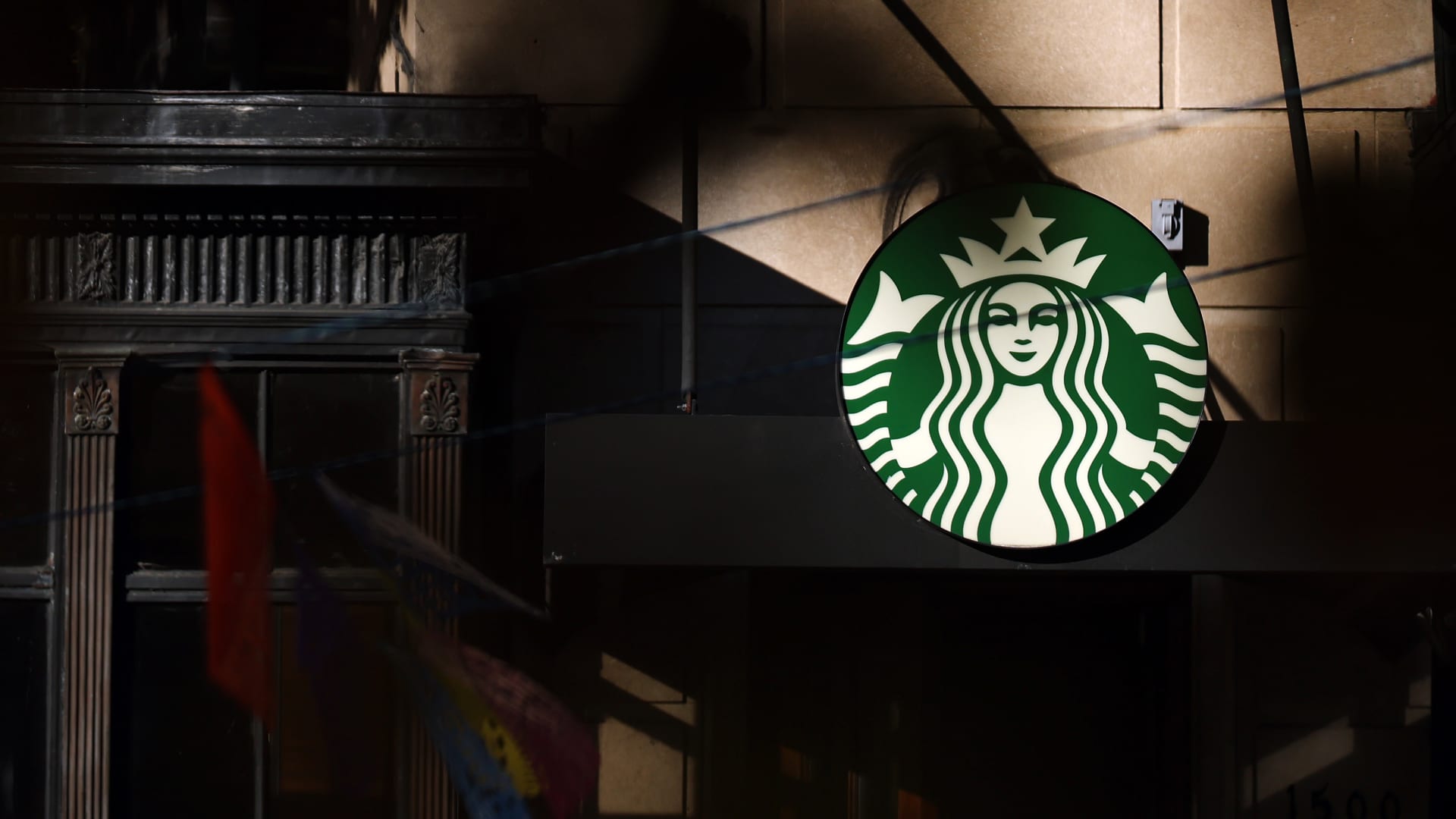Federal Reserve Chairman Jerome Powell reiterated on Wednesday that he expects interest rates to fall this year, but cannot yet say when.
In prepared remarks for congressionally mandated appearances on Capitol Hill on Wednesday and Thursday, Powell said policymakers remain vigilant about the risks of inflation and do not want to let up too quickly.
“As we consider any adjustments to the policy rate target range, we will carefully consider the incoming data, the evolving outlook and the balance of risks,” he said. “The committee does not believe it will be appropriate to reduce the target range until it has gained greater confidence that inflation is moving sustainably toward 2 percent.”
These comments were copied verbatim from the Federal Open Market Committee’s statement following its most recent meeting, which ended on January 31.
During the question-and-answer session with members of the House Financial Services Committee, Powell said he needed to “see a little bit more data” before diving into interest rates.
“We believe that because of the strength of the economy and the labor market and the progress we have made, we can approach this step cautiously, thoughtfully and with greater confidence,” he said. “If we achieve that level of confidence, we will probably do so at some point this year. Then we can start to withdraw these restrictions on our policies.”
Stocks posted gains as Powell spoke, with the Dow Jones Industrial Average up more than 250 points by midday. Treasury yields mostly fell, as the benchmark 10-year note fell about 0.3 percentage points to 4.11%.
Interest rates may have reached their peak
Overall, the speech broke no new ground on monetary policy or the Fed’s economic outlook. However, the comments suggested that officials remain concerned about losing the progress made in fighting inflation and will make decisions based on incoming data rather than a predetermined course.
“We believe our policy rate has probably peaked in this tightening cycle. If the economy performs broadly as expected, it will likely be appropriate to begin unwinding policy restraint sometime this year,” Powell said in the comments. “But the economic outlook is uncertain and further progress towards our 2 percent inflation target is not assured.”
He reiterated that cutting rates too quickly risks losing the battle against inflation and likely having to raise rates further, while waiting too long poses a threat to economic growth.
Markets had widely expected aggressive easing from the Fed after it made 11 rate hikes totaling 5.25 percentage points between March 2022 and July 2023.
However, in recent weeks, these expectations have changed due to several cautionary statements from Fed officials. The January meeting helped solidify the Fed’s cautious approach, with the statement making it clear that there will be no rate cuts yet despite the market outlook.
As things stand, futures market prices suggest the first cut will come in June, part of four cuts this year totaling a full percentage point. That’s slightly more aggressive than the Fed’s December outlook for three rate cuts.
Relaxation of inflation
Despite resistance to moving forward with cuts, Powell pointed to the progress the Fed has made toward its 2% inflation goal without hurting the labor market and overall economy.
“The economy has made significant progress toward these goals over the past year,” Powell said. He noted that inflation has “declined significantly” as “the risks to achieving our employment and inflation targets have become more balanced.”
Inflation, as measured by the Fed’s preferred measure, is currently running at 2.4% per year – 2.8% if you exclude food and energy in the core stocks the Fed prefers to focus on. The numbers reflect “a significant slowdown from 2022, which was widespread in both goods and services prices.”
“Longer-term inflation expectations appear to remain well anchored, as reflected in a wide range of surveys of households, businesses and forecasters, as well as actions by financial markets,” he added.
Powell is likely to face a variety of questions during his two-day visit to Capitol Hill, which began with an appearance Wednesday before the House Financial Services Committee and ended Thursday before the Senate Banking Committee.
The questioning focused primarily on Powell’s views on inflation and interest rates.
Republicans on the committee also questioned Powell about the so-called “Basel III endgame” revisions to bank capital requirements. Powell said he was part of a group on the Board of Governors that had “real concerns, very specific concerns” about the proposals and said withdrawing the plan was “a real option.”
Although the Fed is trying to stay out of politics, the presidential election year presents unique challenges.
Former President Donald Trump, the likely Republican nominee, was a fierce critic of Powell and his colleagues during his time in office. Some Democrats in Congress, led by Sen. Elizabeth Warren of Massachusetts, have called on the Fed to cut interest rates as pressure mounts on lower-income families to make ends meet.
Don’t miss these stories from CNBC PRO:
Source link
2024-03-06 17:15:10
www.cnbc.com
















